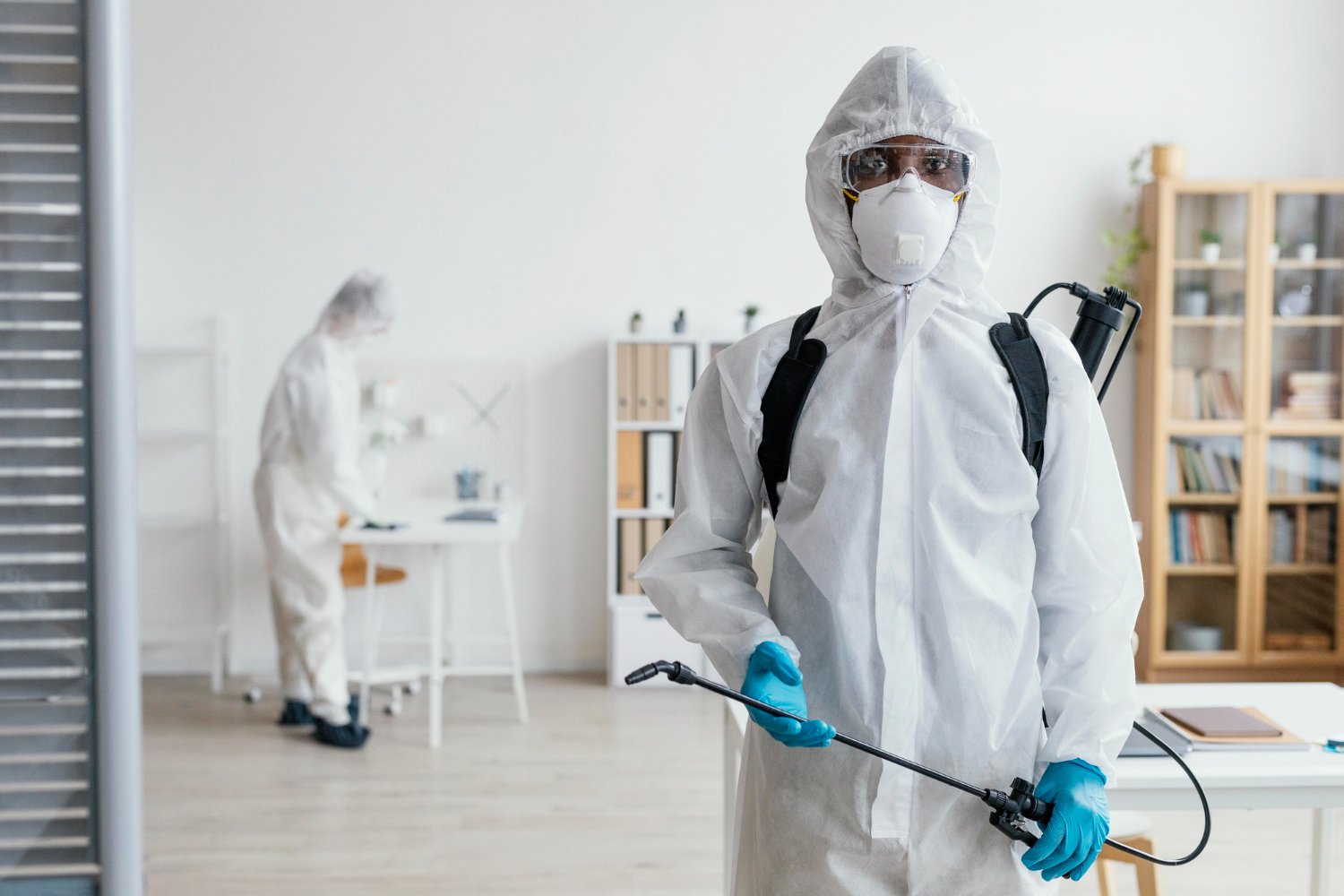Trusted A1 Bed Bug Exterminator Charlotte - Do Away With Bed Bugs Rapid
Trusted A1 Bed Bug Exterminator Charlotte - Do Away With Bed Bugs Rapid
Blog Article
Bed Insect Treatment Breakdown: Comparing Chemical Vs. Non-Chemical Solutions
In the realm of parasite control, specifically when handling the persistent concern of bed bugs, the selection between chemical and non-chemical treatment services can be a critical one. Both methods use unique benefits and downsides, influencing variables such as performance, security factors to consider, and general expense. By examining the nuanced information of each approach, a more clear understanding of which path to pursue in attending to a bed bug infestation can be acquired.
Effectiveness of Chemical Treatments
Chemical therapies for bed bug problems have been widely acknowledged for their fast and powerful effectiveness in eradicating these parasites. When considering the efficiency of chemical treatments, it is essential to understand that they can provide a extensive and fast remedy to a bed pest issue.
Additionally, chemical treatments have the benefit of offering recurring impacts, indicating that they can remain to get rid of bed insects even after the initial application. This recurring activity is specifically beneficial in combating any kind of prospective re-infestations. Additionally, the rapid activity of chemical therapies can bring relief to individuals dealing with serious bed pest infestations, allowing them to regain control of their living rooms promptly.
Safety Interest In Chemical Solutions
When utilizing chemical options for bed pest therapy is ensuring the safety and security of occupants and the atmosphere,One crucial element that calls for careful consideration. While chemical therapies can be reliable in removing bed insects, they might present risks if not managed appropriately. One of the key security interest in chemical solutions is the possible injury they can create to human health. Direct exposure to specific chemicals used in bed bug treatments can bring about respiratory system issues, skin inflammation, or various other adverse responses, particularly in individuals with pre-existing problems or level of sensitivities. Furthermore, inappropriate application or dose of chemical pesticides can result in poisonous deposits lingering in the cured area, presenting long-lasting health and wellness dangers to occupants.
Furthermore, the environmental effect of chemical services is one more considerable factor to consider. Some chemicals used in bed bug treatments may be unsafe to valuable pests, wild animals, and ecosystems if they leach into the soil or water systems. It is important to use chemical treatments carefully, adhering to safety and security standards, and thinking about less toxic options to reduce these dangers and ensure the reliable and secure management of bed bug infestations.
Benefits of Non-Chemical Methods
Considering the possible safety worries and environmental effect associated with chemical remedies for bed insect therapy, discovering non-chemical methods offers an appealing alternative with a number of unique benefits. Non-chemical treatments are ecologically pleasant, as they do not contribute to air or water contamination, making them a sustainable option for parasite control.
In addition, non-chemical solutions can be reliable in targeting bed bugs, consisting of hard-to-reach locations where chemical treatments may not permeate - A1 pest control charlotte nc bed bugs. Techniques such as warmth therapy, vacuuming, heavy steam cleaning, and mattress coverings give complete elimination without the use of harmful chemicals.
Limitations of Non-Chemical Treatments

In addition, non-chemical therapies frequently need several applications to accomplish effective elimination. This can be lengthy and may not go to this site constantly guarantee total elimination of all bed insects and their eggs, specifically in surprise or hard-to-reach locations.
Moreover, the success of non-chemical treatments heavily relies upon proper execution and thoroughness, which can be testing for people without professional proficiency. Insufficient application of non-chemical techniques may result in insufficient eradication, causing relentless infestations and the requirement for added therapies.
As a result, while non-chemical therapies have their benefits, it is essential to acknowledge these constraints and consider them when establishing the most effective approach for taking care of bed insect invasions.
Expense Contrast: Chemical Vs. Non-Chemical Options
Given the limitations connected with non-chemical therapies, a vital element to evaluate in the context of bed bug monitoring is the price contrast in between chemical and non-chemical options. Chemical therapies typically include the application of insecticides by experts, which can range from $250 to $900 per space, depending upon the intensity of the infestation and the dimension of the location to be cockroach elimination dealt with. On the other hand, non-chemical therapies like warm therapy or steam can be a lot more pricey, with expenses ranging from $1,000 to $6,000 for an entire home. While the preliminary expense of chemical treatments may appear reduced, numerous therapies may be needed to fully eliminate the invasion, possibly boosting the total expense. On the other hand, non-chemical alternatives might give an extra environment-friendly and lasting remedy, although they can be cost-prohibitive for some people. Inevitably, when thinking about the cost article of bed insect treatment choices, it is very important to weigh the in advance expenditures versus the efficiency and lasting sustainability of the chosen technique.
Final Thought

Considering the potential safety issues and environmental impact linked with chemical services for bed bug therapy, discovering non-chemical methods presents an encouraging alternative with a number of unique advantages.Given the limitations connected with non-chemical therapies, a necessary element to review in the context of bed pest management is the cost comparison between chemical and non-chemical options. In comparison, non-chemical therapies like heat therapy or vapor can be more costly, with expenses varying from $1,000 to $6,000 for a whole home. While the first cost of chemical treatments may seem lower, numerous treatments might be needed to totally get rid of the infestation, potentially boosting the general cost.In final thought, when contrasting chemical and non-chemical bed bug therapy alternatives, it is important to take into consideration performance, safety, advantages, constraints, and cost.
Report this page